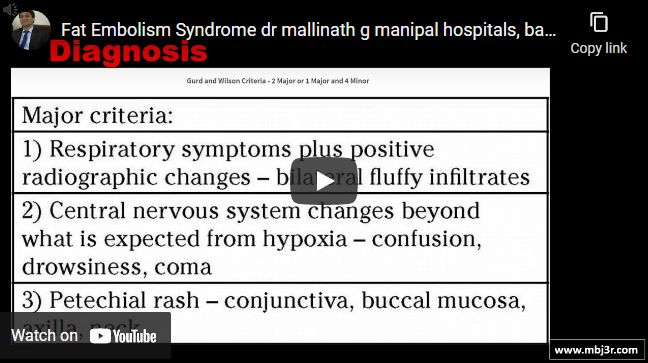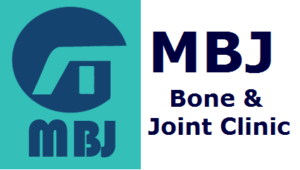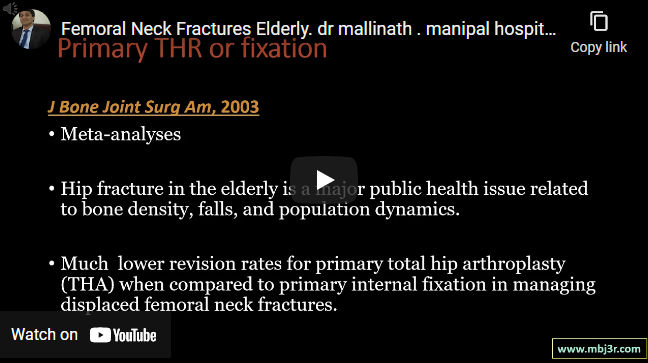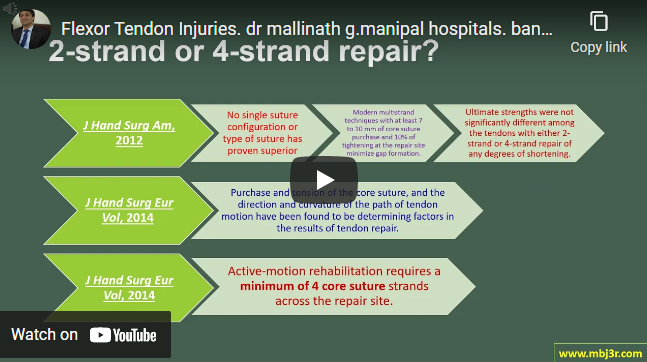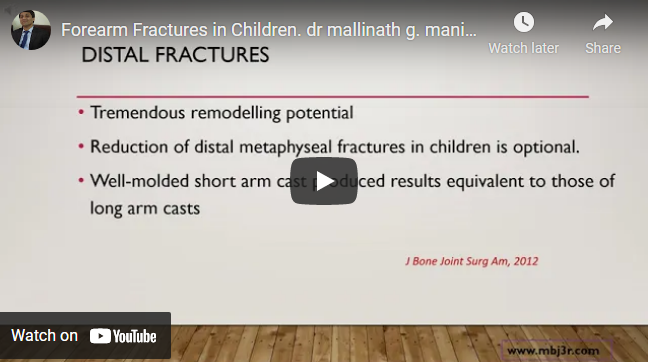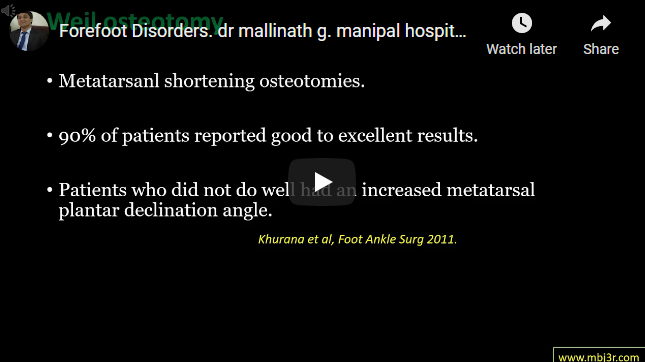It is a systemic manifestation of fat emboli in the circulation seen mostly after long bone fractures Triad of findings: hypoxia, confusion, and petechia. Young obese males more affected especially following femur shaft fracture The fat cells exhibit inflammatory properties that leads to ARDS Gurds and Wilsons criteria is used to diagnose FES Chest X ray reveals snow storm appearance …
